Join our community
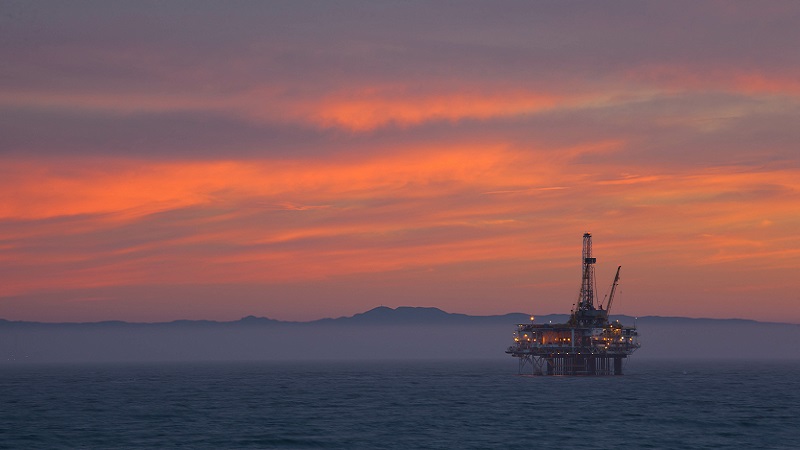
 Blake Habbit has been promoted to Danos’ new Operations Manager to lead the growth and development of the company’s decommissioning services within the Gulf of Mexico.
Blake Habbit has been promoted to Danos’ new Operations Manager to lead the growth and development of the company’s decommissioning services within the Gulf of Mexico.
In his role, Habbit will oversee the business operations and customer support throughout the decommissioning phase while coordinating across Danos’ diverse entity portfolio to ensure safe, seamless and efficient management of client’s end-of-life projects.
CEO Paul Danos said, “Blake’s extensive industry knowledge and proven track record of managing customer accounts make him the perfect fit for this role. We are confident that under his leadership, our decommissioning services will expand, and we will be able to support the changing needs of our customers as they transition to end-of-life.”
Habbit has 25 years of experience within the industry covering offshore production operations, drilling and safety. He joined Danos as a Production Services Account Manager in 2029 and was named Senior Account Manager in 2023.
Danos has previously aided in a series of decommissioning projects within the Gulf of Mexico, including two P&A campaigns for major operators in 2012 and 2017, details of which can be found on its website.
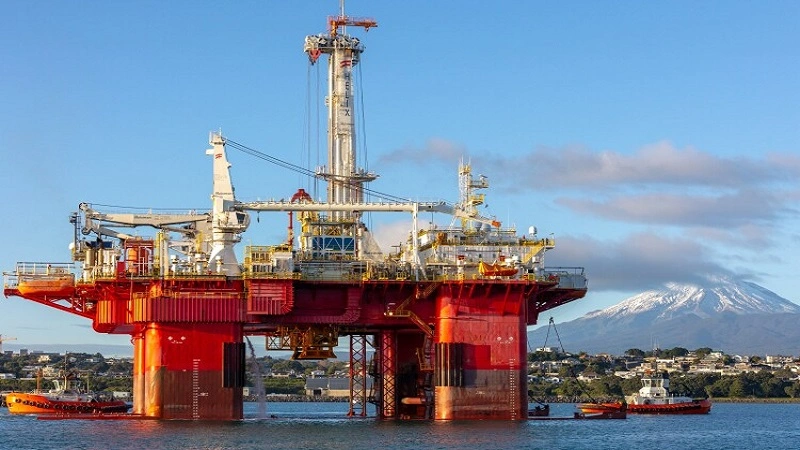
 Helix Energy Solutions Group will continue its work in the Gulf of Mexico this year where it will carry out well intervention services as part of a multi-year contract with Shell Offshore Inc., signed in Q3 2024.
Helix Energy Solutions Group will continue its work in the Gulf of Mexico this year where it will carry out well intervention services as part of a multi-year contract with Shell Offshore Inc., signed in Q3 2024.
In the coming months, and as outlined by the contract, Helix will provide an increased minimum number of days annually with the Q5000 riser-based well intervention vessel, Intervention Riser Systems (IRSs), remotely operated vehicles (ROVs), and project management and engineering services which will cover fully-integrated operations from production enhancement to P&A.
Scotty Sparks, Helix’s Executive Vice President and Chief Operating Officer, said, “We are pleased to announce that Helix has successfully executed a long-term contract with Shell, a valued customer we have safely worked with on numerous projects around the world and with whom we look forward to continuing our excellent relationship. The contract is reflective of improving market conditions and increased demand for Helix’s assets and services, as we continue executing on our strategy by providing best-in-class and global leading well intervention services.”
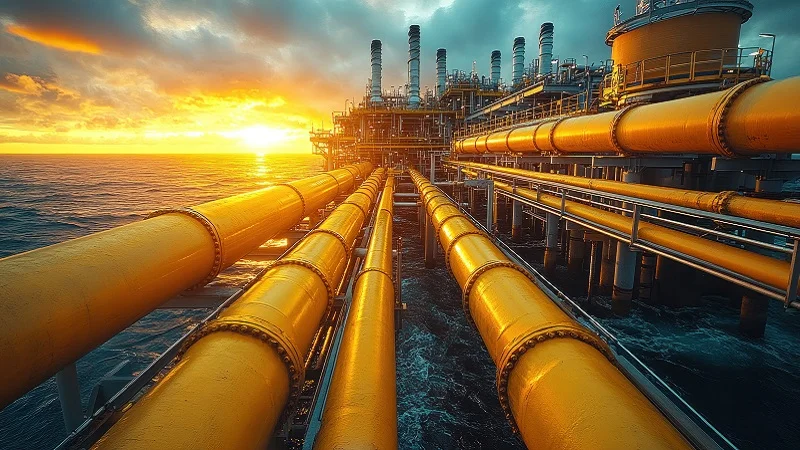

Proposed legislation would direct the US Department of the Interior to submit an annual public report to congress on the status of decommissioning offshore oil and gas wells, platforms and pipelines.
The Plug Offshore Wells Act was introduced by Oregon Senators Ron Wyden and Jeff Markley before the end of 2024 and seeks to address the growing threat of abandoned offshore oil and gas infrastructure to marine ecosystems and the environment.
“Neglected oil wells off our coasts are a ticking time bomb that threaten our coastal communities and environment in Oregon and nationwide,” Wyden explained. “It’s unacceptable that Big Oil has dodged responsibility to clean up drilling sites and pollution. This legislation will provide the data needed to hold Big Oil accountable and protect the public as well as our waterways and marine life."
“Orphaned wells are an environmental catastrophe waiting to explode," Wyden added. "They pose the possibility of massive damage to the ocean by leaking oil and gas and must be addressed quickly.”
In submitting the new legislation (which was co-sponsored by Senators Peter Welch and Ed Markey), the office of Wyden quoted a recent study by the US Government Accountability Office (US GAO) which expressed that more than 2,700 wells and 500 platforms in the Gulf of Mexico are overdue for decommissioning. The study also found that the Bureau of Safety and Environmental Enforcement and the Bureau of Ocean and Energy Management are unable to effectively enforce decommissioning deadlines and financial assurance requirements.
The study by US GAO recommended steps congress could take to address the current backlog of overdue decommissioning requirements, including the instituting of new reporting requirements from the Interior Department to Congress on the status of decommissioning.
This is what the Plug Offshore Wells Act aims to do while also reducing financial burdens on taxpayers by increasing oversight of Big Oil companies and holding them accountable for the full terms of their offshore oil leases. The proposed legislation – which is supported by numerous organisations including the Center for Biological Diversity, Earthjustice, Natural Resources Defense Council, Oceana, Ocean Conservancy, Ocean Defense Initiative, and the Surfrider Foundation – has now been officially introduced to congress and has been referred to the Committee on Energy and Natural Resources.
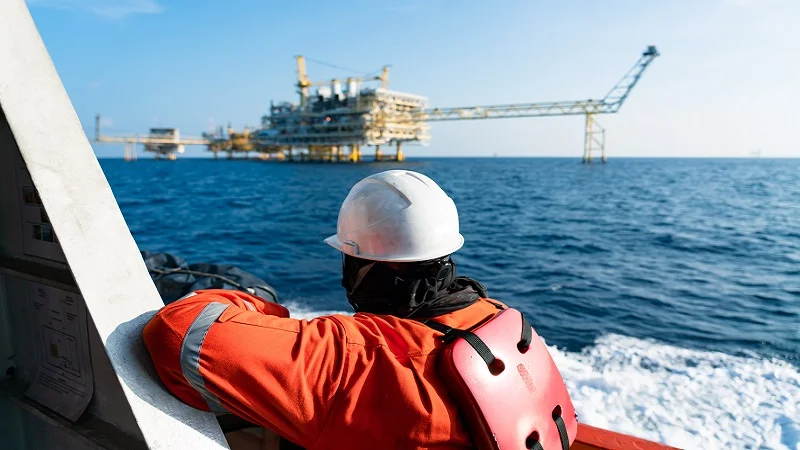

In one of his final acts before Trump returns to the White House, US President Biden has implemented a ban on new offshore oil and gas drilling across most of America’s coastline.
The decision from the ‘lame-duck’ President, was taken in light of the “environmental and economic risks and harms that would result from drilling” that “outweigh their limited fossil fuel resource potential” according to an official announcement on The White House website. As such, more than 625 million acres of the US ocean has been protected from drilling, principally the entire U.S. East coast, the eastern Gulf of Mexico, the Pacific off the coasts of Washington, Oregon, and California, and additional portions of the Northern Bering Sea in Alaska. These have been protected from future oil and natural gas leasing in a bid to safeguard coastal communities, marine ecosystems, and local economies from oil spills and other impacts of offshore drilling.
For President Trump – who has recently named a fracking executive as his Energy Secretary – it presents an immediate challenge and one that he has promised to address as soon as he comes to power. In a radio interview, the President-elect said he has the “right to unban it” and he would do so at the earliest opportunity.
However, this may not be so simple. As outlined by Reuters, the Lands Act does not grant President’s legal authority to overturn prior bans and any attempt to do so would likely require an act of Congress. Biden’s bid to protect the marine environment could, therefore, not be as futile as Trump imagines and could bring a temporary halt to his plans to unleash domestic fossil fuel production.
Fortunately, for oil and gas companies who are eager to maintain production rates but are now unable to fall back on the tried and tested method of drilling, production enhancement through well intervention can offer a timely solution. Certainly, the longer the ban on new drilling stands, the more attractive this method of sustaining rates will become, presenting a potentially lucrative market and unique opportunity for those involved in delivering well intervention services.

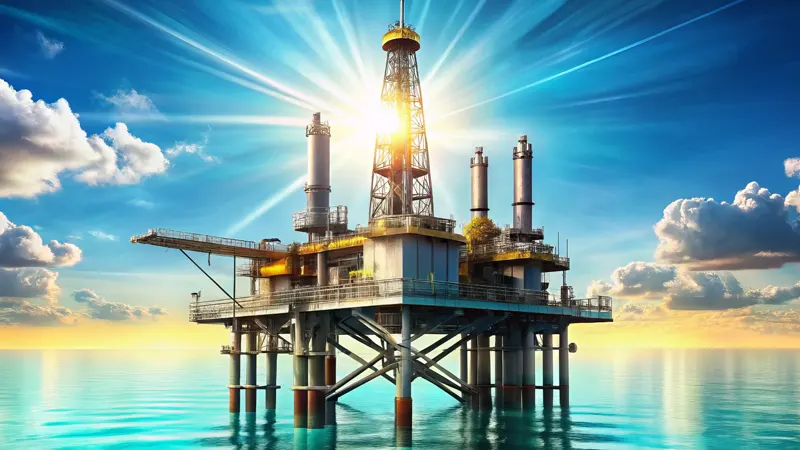
According to an analysis from Verified Market Research, the Gulf of Mexico oil and gas decommissioning market is estimated to reach a valuation of US$43.31bn in 2031
Stricter environmental restrictions have hastened decommissioning activities, with 2,300 non-producing wells scheduled for plugging and abandonment by 2025. The US Department of Interior’s annual report states that environmental compliance expenses for decommissioning grew by 35% between 2020 and 2023, reaching an average of US$2.8mn per platform.
Many Gulf of Mexico operators face enormous financial risks due to their decommissioning obligations. As infrastructure ages and becomes more difficult to destroy, the expected expenditures for decommissioning range from US$40bn to US$70bn. Furthermore, the decommissioning process has inherent environmental dangers, especially if not carried out effectively.
The deepwater segment is estimated to hold the largest market share during the forecast period, with the deepwater Gulf of Mexico showing tremendous untapped resource potential, attracting major investment and interest from operators. Technological developments have increased the efficiency and safety of deepwater operations, making it more economically viable to extract resources from deeper oceans. Subsea engineering and remote monitoring system innovations make decommissioning operations more efficient, lowering costs and timescales. These technological advancements increase the appeal of deepwater projects, resulting in more growth in this segment.
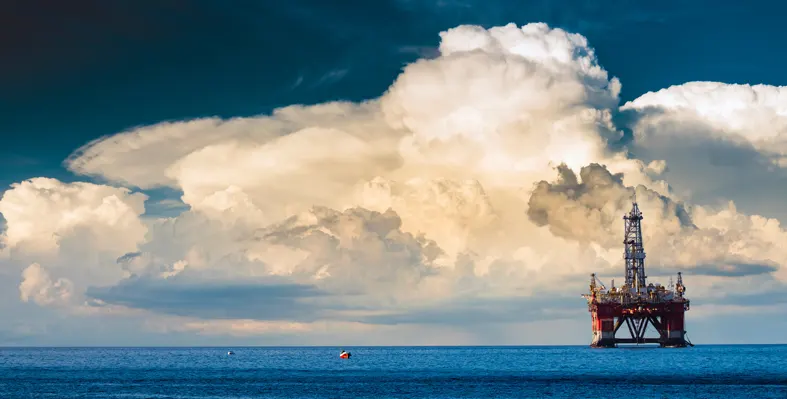
 Helix Energy Solutions Group will continue to provide well intervention services in the US Gulf of Mexico for Shell starting this year as part of a new multi-year contract.
Helix Energy Solutions Group will continue to provide well intervention services in the US Gulf of Mexico for Shell starting this year as part of a new multi-year contract.
Ranging throughout the well life cycle to plug and abandonment, the contract will cover integrated project management and engineering services including production enhancement.
The contract ensures services for an increased minimum number of days annually, including the availability of the Q5000 riser-based well intervention vessel, Intervention Riser Systems (IRSs), and remotely operated vehicles (ROVs).
Equipment from Subsea Services Alliance, a venture by SLB and Helix, will also be deployed for operations.
Scotty Sparks, Helix’s Executive Vice President and Chief Operating Officer, said, “We are pleased to announce that Helix has successfully executed a long-term contract with Shell, a valued customer we have safely worked with on numerous projects around the world and with whom we look forward to continuing our excellent relationship. The contract is reflective of improving market conditions and increased demand for Helix’s assets and services, as we continue executing on our strategy by providing best-in-class and global leading well intervention services.”
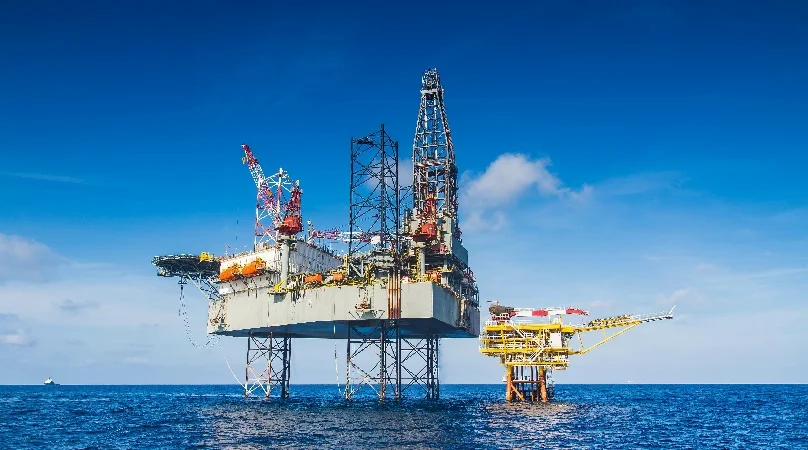

Case studies highlighted in the Offshore Energies UK Offshore Decommissioning Report 2024 have highlighted the importance of offshore engineering and preparatory work for safe and cost-effective outcomes in decommissioning projects.
OEUK cites AF Offshore Decom’s experiences with a bridge-linked flare stack, where extensive preparatory work, particularly from the platform complex, significantly reduced the time required for the heavy lift vessel (HLV) in the field. Additionally, by focusing the preparatory activities during the winter months, the team was able to optimise the use of the HLV for the summer, thereby enhancing operational efficiency.
In another case highlighted in the report, extensive preparatory works facilitated a smooth and effective removal of a major platform. Comprehensive helicopter surveys and a thorough engineering phase were undertaken, minimising unexpected issues during the main offshore removal campaign. This was followed by an HLV campaign when a crew handled the topsides preparations along with smaller modular lifts. A second HLV campaign included a large integrated modularised steel frame lift and an efficient jacket lift. The structures were then transported onwards to AF's environmental base to be dismantled and recycled onshore.
The phased execution helped to mitigate risk and allowed for detailed engineering and interface management, which was an important part of the project.
Optimising offshore operations for decommissioning projects in this way can make a substantial contribution to keeping costs down. This is critical in the Gulf of Mexico, where operators face spiralling decommissioning costs. Findings from a recent study published in Nature Energy showed that there are around 14,000 unplugged oil and gas wells in the Gulf of Mexico, with the process of plugging and decommissioning these wells estimated to cost around US$30bn.
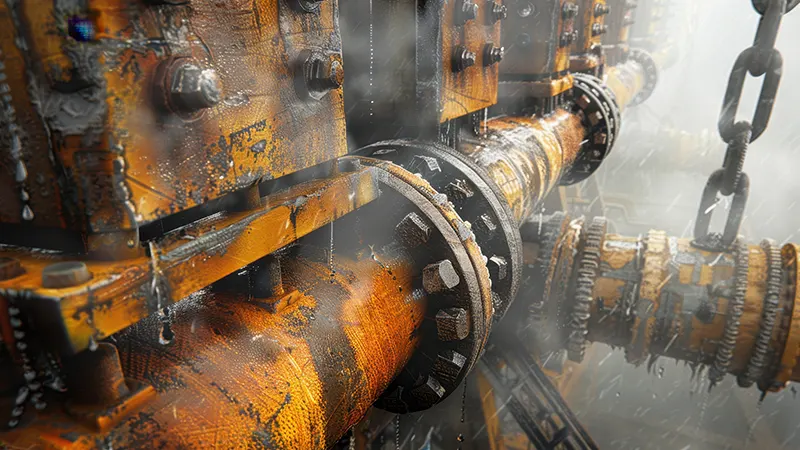
 Gulf of Mexico leads with 26 of the 56 case studies that have been conducted by the International Association of Oil & Gas Producers (IOGP) before releasing a comprehensive benchmark on jacket decommissioning.
Gulf of Mexico leads with 26 of the 56 case studies that have been conducted by the International Association of Oil & Gas Producers (IOGP) before releasing a comprehensive benchmark on jacket decommissioning.
The benchmark has been calculated on the basis of the offshore execution cost that is proportional to the duration of offshore execution. Survey from companies such as AkerBP, bp, Chevron, Petrobras, and Repsol, to name a few, have backed the data that went into the making of the benchmark.
Starting from 2008 to 2023, the records include removed jacket weights that range from less than 250 tonnes to 20,000 tonnes, and jacket configurations from monopods to 8-legged jackets. For most cases, below 500-tonnes jackets have been removed by single lifts, while multiple lifts took less than five attempts. The removal of a single jacket usually takes up to 10 days.
The 56 jacket removals are predominantly multi-installation removals, with 40 occurrences. There were 13 cases of jacket and topside removals, while only three instances of standalone removals.

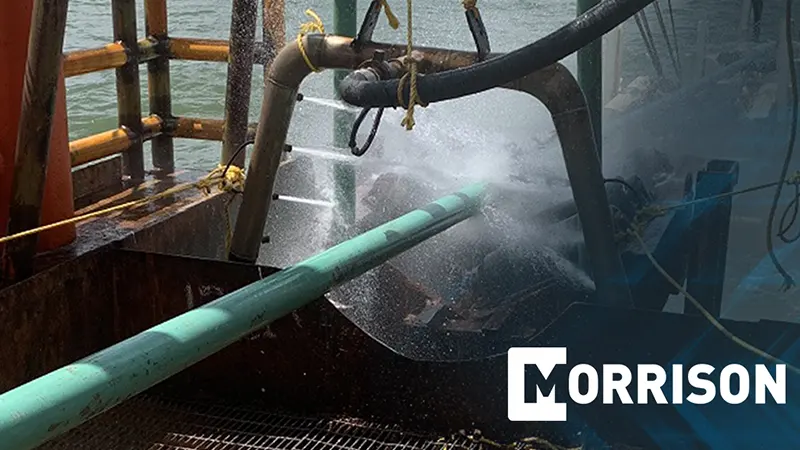
Chet Morrison Contractors, LLC (Morrison) was recently awarded the crucial pipeline decommissioning contract, which marked a pivotal step in addressing the longstanding issue of orphaned infrastructure in the Gulf of Mexico.
With particular focus on eight pipelines in the Matagorda Island Area, the contract which was issued by the Bureau of Safety and Environmental Enforcement (BSEE), will allow Morrison to conduct essential on-site pipeline decommissioning activities in the region.
Abandoned infrastructure often pose a threat to offshore safety and the environment. Decommissioning orphaned pipelines will therefore contribute to the long-term health of the Gulf ecosystem and open up areas for safer navigation and commercial activities.
“Morrison values its long-standing relationship with BSEE and appreciates their continued confidence in our team to deliver on this important decommissioning initiative,” said Chet Morrison, CEO and founder of Morrison. “BSEE recognises that Morrison is more than qualified to handle a scope of this magnitude. We will utilise our experienced people, our versatile fleet of barges and equipment, and the smart approach that we’ve become known for over the years.”
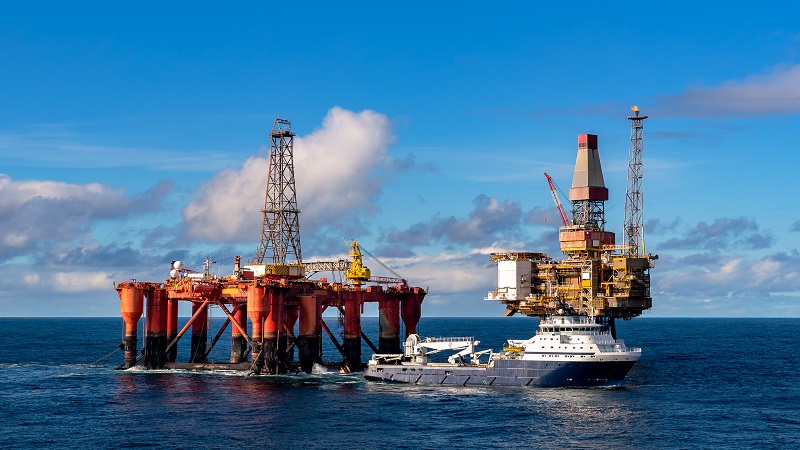
 The Bureau of Safety and Environmental Enforcement (BSEE) is a leading federal agency appointed to improve safety and ensure environmental protection relating to the offshore energy industry. BSEE's regulations for the decommissioning of oil and gas wells in the Gulf of Mexico are rooted in a combination of safety, environmental protection, and financial accountability. The regulatory framework is designed to ensure that operators properly manage the risks associated with the abandonment of wells and the removal of infrastructure. These regulations address several key aspects:
The Bureau of Safety and Environmental Enforcement (BSEE) is a leading federal agency appointed to improve safety and ensure environmental protection relating to the offshore energy industry. BSEE's regulations for the decommissioning of oil and gas wells in the Gulf of Mexico are rooted in a combination of safety, environmental protection, and financial accountability. The regulatory framework is designed to ensure that operators properly manage the risks associated with the abandonment of wells and the removal of infrastructure. These regulations address several key aspects:
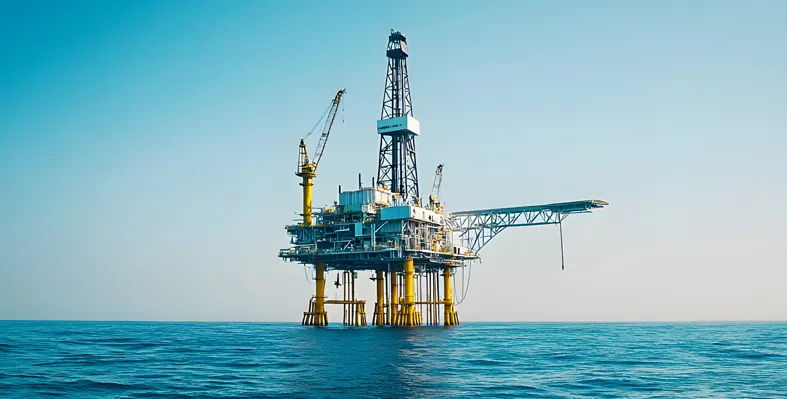
 As a reflection of the energy transition, the offshore industry is ushering in a new age of optimisation to hit production targets rather than chasing after new discoveries.
As a reflection of the energy transition, the offshore industry is ushering in a new age of optimisation to hit production targets rather than chasing after new discoveries.
Operators are hence increasingly looking at marginal fields or brownfield projects and collaborating with service providers to deploy the best digital advancements in the industry to boost production form these assets. The Director of Mature Assets Solutions at Baker Hughes, Guillaume Fauchille, notes that maximising production from existing assets have turned out to be cheaper than investing in new fields. The reason behind 70% of today's oil and gas production coming from mature fields is being attributed to faltering investment in greenfields, the Covid-19 hangover and geopolitical turmoil.
Baker Hughes has also found that as less as 1% boost of the recovery factor of mature assets can make a difference by unlocking access to two to three years of additional worldwide consumption.
As market experts predict around 4-6% growth of the global well intervention industry, most agree that this growth will be led by North America, a region that would be responsible for a large part of future expansion. Intervention activities in the Gulf of Mexico will be primarily driven by technological advancements such as automated systems, data analytics, and advanced downhole tools to name a few.
Of the latest examples from the region, Subsea7 will be installing of a production flowline and related subsea infrastructure as part of engineering, procurement, construction, and installation (EPCI) contract for production optimisation from Shell's Phase 3 Silvertip Development.
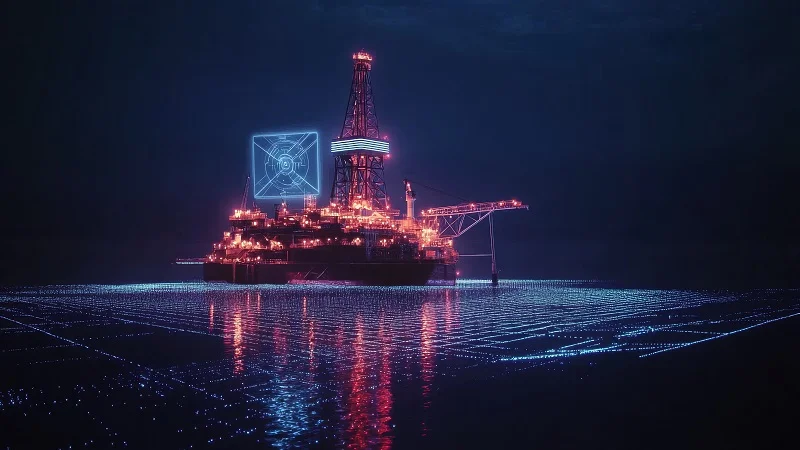

The National Subsea Centre (NSC) a centre for subsea research and technology development, has received a grant to develop a subsea decommissioning optimisation software demonstrator with PlanSea in a move which could make waves across the global offshore sector.
The scale of the decommissioning challenge facing the global offshore oil and gas sector remains a formidable one, to say the least. While there are certainly more instances of such operations being conducted, this is largely outweighed by the number of new wells coming online, an action that will ultimately only serve to increase the size of the decommissioning bill that must be paid. This invoice has already reached eye-watering proportions; as of June 2023, there was an estimated US$40-70bn cost accrued in the Gulf of Mexico alone. As a result, any efforts to simplify the decommissioning process and potentially reduce the decommissioning bill are a welcome sight to those who will ultimately have to foot it.
In receiving the new grant, NSC will work with PlanSea and utilise its expertise in offering world-leading marine logistics AI technology. The two have already collaborated for many years but will now deploy their technology and skills to address the needs of the subsea decommissioning sector.
Specifically, the two are developing a robust task-based formalisation of offshore decommissioning activities that will extend the benefits of PlanSea marine-logistics AI. Decision-makers will have the ability to stimulate with a high degree of accuracy the cause-effect relationship between different strategies and KPIs of interest.
“The AI demonstrator is aimed at addressing both standalone and collaborative campaign optimisation of current and future decommissioning,” remarked Jim Cargill, CEO of PlanSea. “Additionally, as in marine logistics, we offer a digitalised process for users whilst at the same time enhancing visibility of operational activity.”
The robust AI tool that will be produced has been fast-tracked for initial trials in Q2 2025.
James Njuguna, NSC Director of Research & Innovation, added, “Our centre is uniquely positioned to address the subsea industry’s most pressing challenges. Our in-depth knowledge of marine operations offers a great opportunity to collaborate with PlanSea to provide operators with substantial savings and reduce emissions. I am confident that this collaborative project will harness our research expertise and PlanSea’s cutting-edge industrial knowledge to deliver a pioneering solution for the energy transition.”
Page 10 of 23
Copyright © 2025 Offshore Network